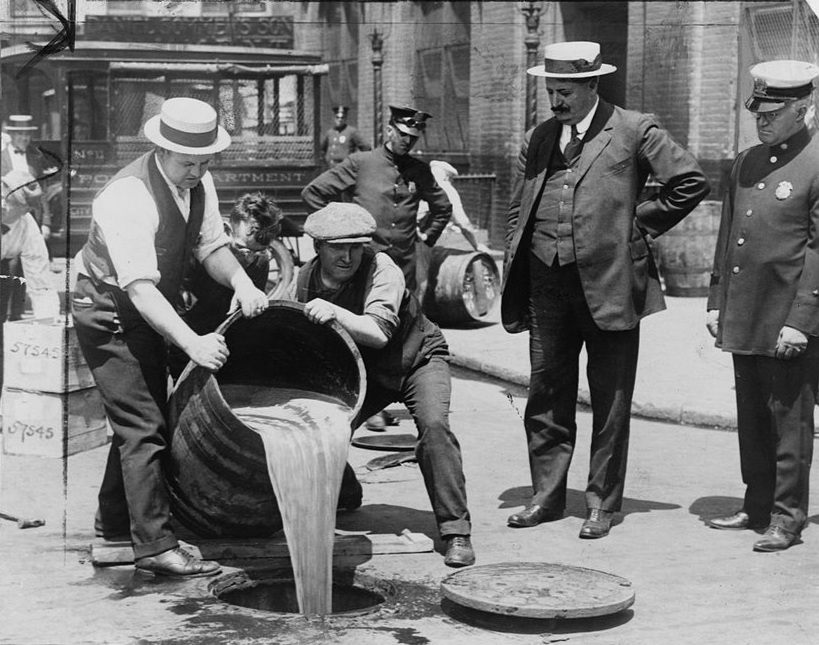Health Is the Wealth We Need
/By Barby Ingle, PNN Columnist
I recently came across an interesting quote on Instagram about the four types of wealth. The quote goes like this:
“There are 4 types of wealth:
Financial wealth (money)
Social wealth (status)
Time wealth (freedom)
Physical wealth (health)
Be wary of jobs that lure you in with 1 and 2, but rob you of 3 and 4.”
The quote is meant as advice for people looking for employment and the types of jobs they should seek. But I look at it from the health perspective, since that is my biggest challenge in life. I want health wealth. Financial, social and time wealth are often dependent on our health wealth. Without health we are limited in what we can do.
People planning to have a child wish for a healthy baby. We also wish for long and healthy lives. We don’t always get to choose our health or even learn how to achieve it. I believe one way to help this would be putting more emphasis on health education in school.
It is hard to have good social wealth when your health is poor. You can’t participate in as many social outings or events, and you may have a poorer attitude about your living situation if you have a chronic pain condition. Belonging to a social group, maintaining friendships, being actively engaged in a positive productive way, and even being married all raise your social wealth.
Maintaining financial wealth is more straightforward. You either have money or you don’t. But even when you have money, you are often working on making, getting or winning more. Most of us would love to be millionaires, but even on relatively modest incomes of $75,000, studies show that people are happier.
Now take the average income of someone disabled by pain. Our households typically bring in less than $30,000 and many single disabled people are living on less than $15,000 a year. It is difficult to climb out of a financial rut with poor health and medical bills needing to be paid.
I know chronic pain patients who work, but due to poor health they are not able to take jobs that are high paying or sustainable long-term. Missing work due to illness, brain fog due to pain, depression, anxiety and painsomnia all affect our ability to be productive in a standard work environment. And it is often more difficult for a company hire you due to extra liability or disability costs made to accommodate you.
Even when your own health is good and you are taking care of someone who is disabled, it affects your finances through the type of jobs you take, health insurance, medical bills and supporting the rest of the family.
My husband has lost multiple jobs because my health care and insurance costs were too high for his employers. They found or invented reasons to let him go, such as missing too much work because he had to take time off to drive me to appointments. One company fired him for entering the parking lot without scanning his badge at the guard gate on the way in, a common practice in the mornings when the line to enter the lot was long.
For all of the reasons above, I believe that health wealth is the most important when it comes to living life to the fullest. It takes the most effort and action of all four types of wealth.
We strive to improve our health wealth so that we can live better lives. We don’t have the luxury of waiting for retirement to enjoy ourselves, so we must find and create moments when we can use our time and social wealth. They are the two most easily obtainable when living with chronic illness and striving for health wealth.
Barby Ingle lives with reflex sympathetic dystrophy (RSD), migralepsy and endometriosis. Barby is a chronic pain educator, patient advocate, and president of the International Pain Foundation. She is also a motivational speaker and best-selling author on pain topics.
More information about Barby can be found at her website.
The information in this column should not be considered as professional medical advice, diagnosis or treatment. It is for informational purposes only and represents the author’s opinions alone. It does not inherently express or reflect the views, opinions and/or positions of Pain News Network.




































